
People who take a tour to Dali Old Town never forget to taste the food in Dali Old Town. As a city having various Chinese ethnic minorities, the local food is different from the one in other places. All the foods in Dali Old feature local culture of ethnic minorities, and all the materials are from this place. It is the creation of local people and the work of human wisdom. This article will take you into the local life to discover the stunning food in this Yunnan city.All the foods talked about below are the representatives of local food and the essence of local food culture. They are also the top recommended ones to tourists who will be or have been in Dali Old Town.
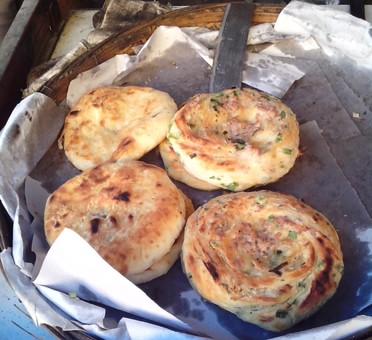
Dali Baba
The most famous snack: Dali Baba or Xizhou baba (大理粑粑或喜州粑粑), a lardy flatbread that tourist-savvy vendors misleadingly call "pizza". Dali Old baba comes in two main varieties, a savory version with minced pork and spring onion on top and a sweet baba filled with dousha, a sweet and filling red bean paste.
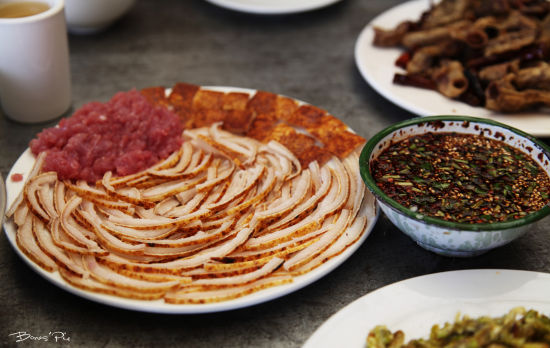
Raw Hide(生皮)
Cut the baked pork (mostly from the hip and rear lag) and pork liver into filaments, take onions, garlic, parsley, stewed plum, spicy noodles, soy sauce, etc. As the condiments, put the filaments in the condiments for eating. This is known among the people as “eating raw hide”. The custom is said to date from the period of Nanzhao Kingdom with a long history. The shredded meat with condiments wipes off the fishy smell and provides unprecedented fresh, tender and sweet feeling.
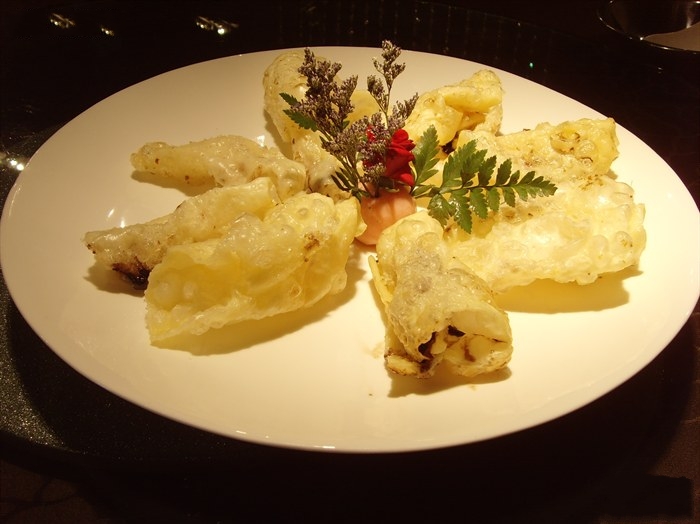
Rushan
Rushan (rǔ shàn 乳扇) is made of the local milk of cows. The creation method is: After heat" the sour water" firstly, then ladle up the fresh milk to flutter lightly, it becomes the form of downy, then stand the thin slice with the bamboo chopsticks, dries by air on the bamboo. Because the shape likes inclined, it is called Rushan. The Rushan not only has the taste only, the nourishment is abundant, implies various materials of protein, amino acids...etc. that human body need, but also has the in harmony with spirit, blood and tranquilizes the nerves to cultivate mental calm, is good for the stomach to repair falsely etc. effect, it is the good product of the human body health to strengthen the physical endowment and promote. The cooking method of the Rushan is varied, fried, steam, roast, very hot, fry, boil all can. Take the Rushan together with other meat or vegetables; you can boil to make a series food of various milk of a pleasant change of atmosphere. The Rushan also can eat without boiling, in the past, there weren¡¯t highways in Shenxi, the conveyance depended on horses, the people of riding horses often took the Rushan and brown sugar as the food when they were tired.
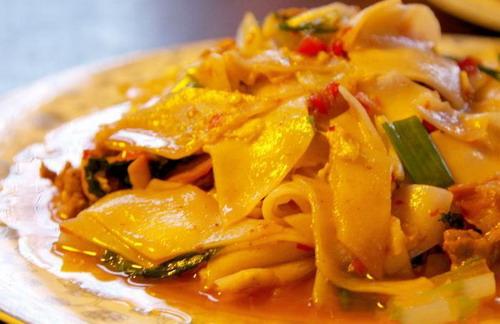
Er Kuai
Er Kuai is one of the most conventional local foods, a rice-based dish. The rice is first washed, soaked, stewed and then mashed into a paste, before being molded into various lumps, slices and shreds. It is usually grilled over burning charcoals with a sugar, walnut, or sesame filling.
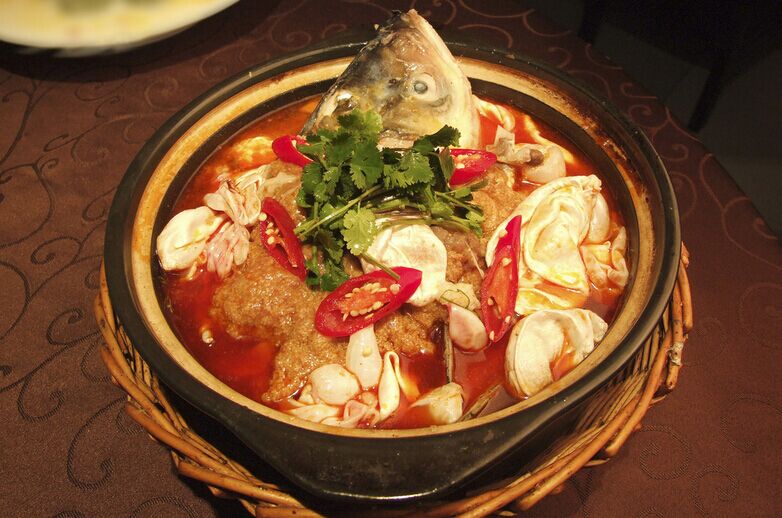
Sand-pot Fish(砂锅鱼)
Sand-pot fish (shā guō yú 砂锅鱼) is a famous local dish of Dali. Put slender chicken and more than ten seasonings like dried mushrooms into the sand-pot. Then add some bow fish or carp caught in Erhai Lake into the pot. Stew them slowly. The tourists can taste sand-pot fish on the yachts or in all the restaurants in Dali or Xiaguan. Sand-pot fish is 20 yuan every pot. One pot is enough for three to four people. It is really delicious.
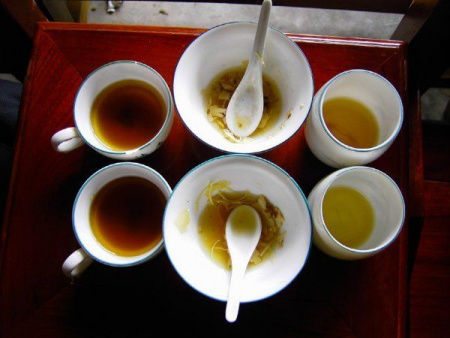
Three Courses Tea
Tea is the most popular drink among the Bai. It is commonly drunk as part of a ceremony involving three servings. The first cup of tea tastes bitter, the second is sweeter, while the third cup has added seasoning for a more fragrant, lingering aftertaste. This way of tea drinking can be traced back to the Tang Dynasty (618-907). The three servings of bitterness, followed by sweetness and finally an aromatic aftertaste are supposed to act as metaphors as part of a philosophy on life.
You will only receive emails that you permitted upon submission and your email address will never be shared with any third parties without your express permission.
